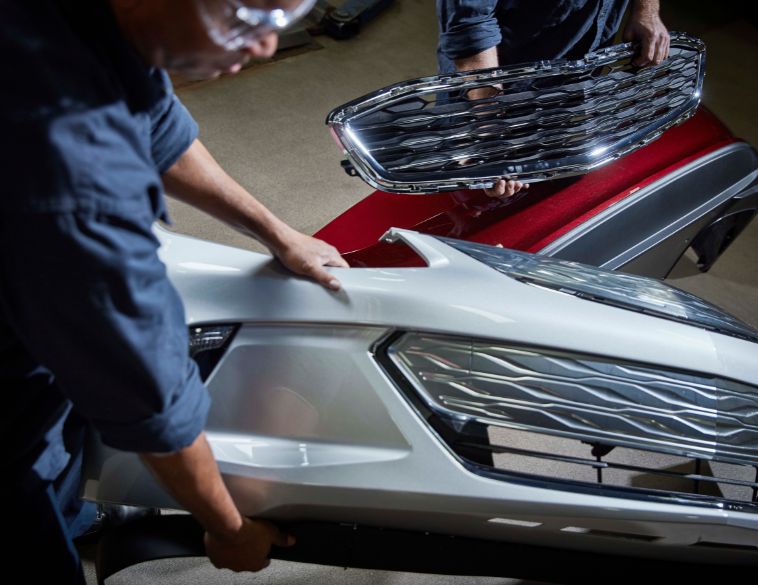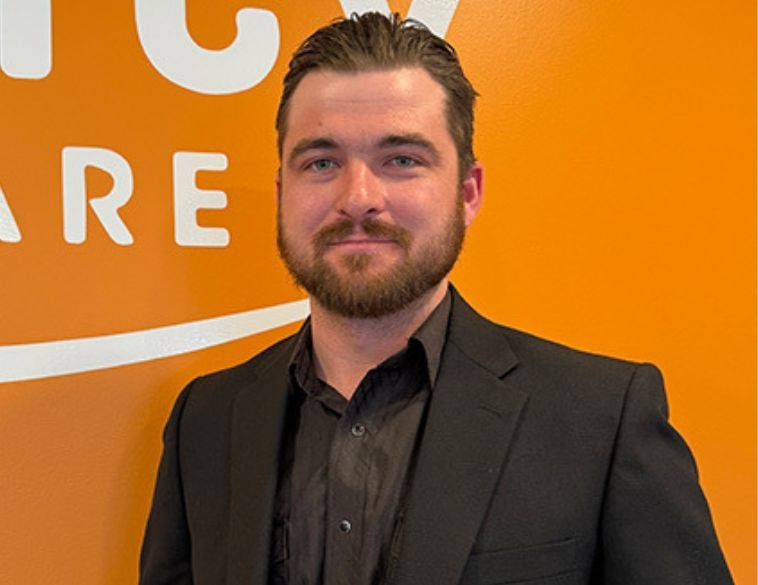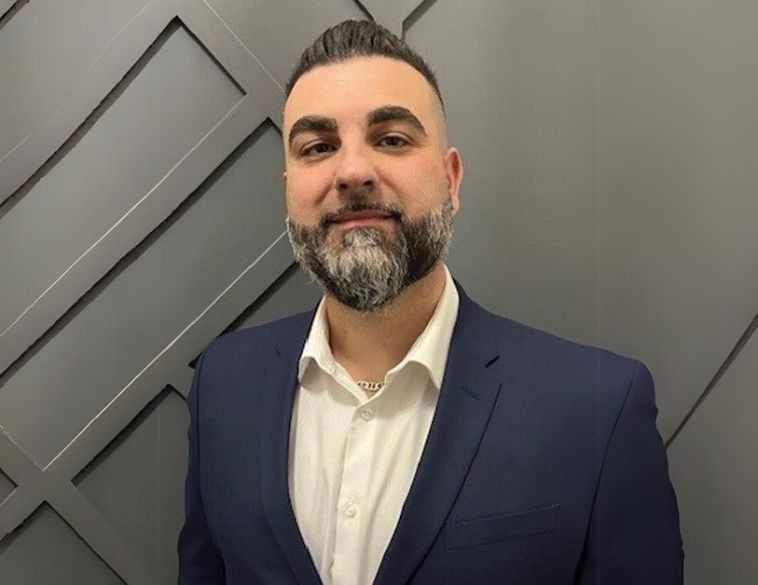Whether choosing to repair or replace parts, safety, cycle time, profitability and environmental impact all need to be considered.
It’s one of the most common issues impacting collision repairers today, whether to repair components or replace them. While it’s acknowledged that repair is often the preferred option for shops, given that it results in greater labour hours and more profitable R/Os, there are a range of factors that determine whether repairing or replacing is the most feasible option.
Impact on functionality

Domenic Prochilo, Chief Operations Officer at Simplicity Car Care, notes that either way, OEM repair procedures must be referred to whether the decision is to repair parts or replace them. “With ADAS becoming a base model deliverable and therefore, no longer an option,” he says, “collision centres need to understand how that repair will impact the functionality of the vehicle’s collision avoidance systems.” Prochilo explains that this will include everything from paint and material thickness, to tolerance per panel, per sensor and whether an ADAS system such as sensor or camera is mounted behind the part, such as a bumper cover or grille assembly. And, because OEMs can provide this information, procedures on whether a repair can be performed or a part replaced must be adhered to, in order to restore original equipment functionality to the vehicle.
While there are occasions where insurers and OEMs are likely to favour replacing parts instead of repairing them, “the collision centre needs to consider part availability lead times to avoid offsetting lower repair costs by increased rental costs and production delays,” explains Christian Speer, Field Technical Analyst, Eastern Canada with CSN Collision Centres.
At CARSTAR Gravenhurst, co-owner Brandy Ratcliff notes that in the current operating environment, it can be very difficult to find replacement parts for late-model vehicles. “It’s incredibly challenging to find those parts, so we almost always repair,” says Ratcliff. “If we’re able to find the parts we need for a late model vehicle, then we replace them. It’s a product of circumstance we’re repairing.” For older model vehicles that are still predominantly steel, Ratcliff says it’s almost always easier to fix rather than replace panels, plus technologies such as nitrogen plastic welding have made it far easier and more efficient to repair composite parts on these vehicles such as bumper covers, door mirrors and light assemblies.
Environmental considerations
Besides parts availability and the repairability of specific parts based on OEM guidelines, another factor to consider is the environmental impact. More and more, we’re seeing insurers and other collision industry stakeholders adopting initiatives designed to reduce greenhouse gas emissions as part of Environmental and Social Governance (ESG) and Net Zero targets. Domenic Prochilo, at Simplicity Car Care notes that “the average Canadian is responsible for 15 tonnes of carbon per year, while the average aftermarket or OEM bumper cover is responsible for 33 tonnes of carbon due to manufacturing and supply chain management.” Therefore, if three technicians were repairing a bumper cover each, in a collision centre that has six staff, they could neutralize the carbon output of each person in that shop for a whole year. “This is a powerful impact to the environment,” says Prochilo, “and, I would argue that collision repairers across the country can impact the environment greater than any Governmental Body.”
Juxatposed against repairability, is the fact that many substrates and materials found on newer vehicles as weight saving measures are often very challenging if not virtually impossible to repair. A good example is ultra-high strength steel (UHSS). The stronger the steel is, the less memory it has, meaning that not only is it extremely sensitive to temperature variations, but also more likely to crack if any attempt is made to try and straighten it. This is why OEMs frequently state that components made from UHSS should only be replaced, and at the factory joints to prevent any compromise in the vehicle’s structural integrity and crash performance.
Never optional
Jason Scharton, Senior Manager: Global Expertise Delivery at 3M, notes that OEM repair procedures and statements simply cannot be considered optional under any circumstances when developing estimates and repair plans. “They are critical in not only the decision to repair versus replace, but also the quality and safety of the final product.”
Nevertheless, like vehicle technology and repair techniques, OEM repair procedures are continuously evolving. As a result, explains Christian Speer, they need to be reviewed prior to estimating and the starting of every single job. “There are instances where an OEM procedure indicates a panel is not repairable when the estimate is created,” he says, “however upon arrival for repairs, the panel now has sectioning or repair procedures updated by the OEM.” That’s why, states Speer, collision centres and their staff must always consult the OEM repair material so they can stay current on the repair requirements specific to each VIN.
Training and Staffing Considerations
Besides, cost, cycle time and environmental impact, staffing and training can also have a big impact on whether a collision centre repairs or replaces parts. Christian Speer says that with a lack of highly qualified estimators and technicians, it can often be easier to just implement a replace first strategy to offset the skill requirements of having to formulate detailed repair plans. In situations where qualified people are available, the next barrier is often the specific requirements of the insurer. “Being rated on your cycle time and cost effectiveness of the estimate may result in more replacement decisions being made,” explains Speer. At Simplicity Car Care, Domenic Prochilo notes that with the rapid consolidation of the collision repair industry we’ve seen over the last two decades, when it comes to training, there is more responsibility on the banners and repair networks today. “There is a greater need for them to ensure they are sharing new procedures, tools and processes with the shops within their network.” That being said, Prochilo states that collision centre owners cannot leave all the responsibility with their banners, as “they have to want to learn and understand the collision repair industry as it continues to evolve.”



